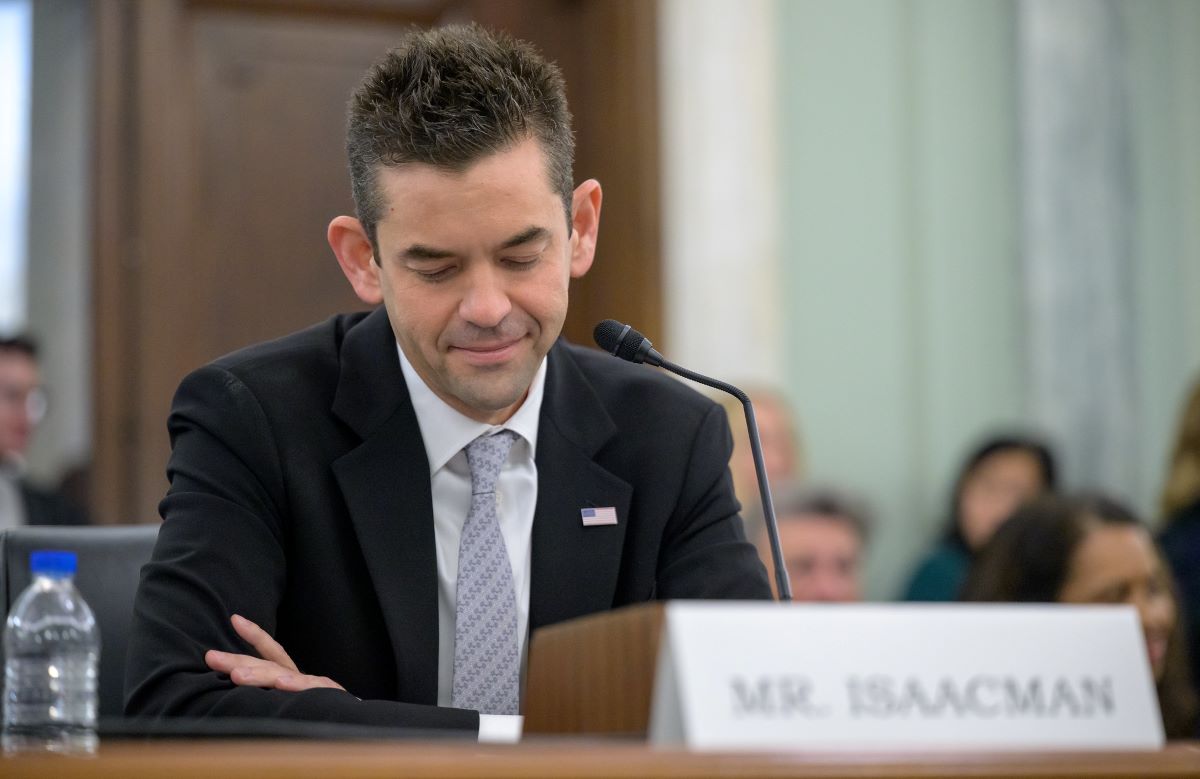- Talking Points as DC Prepares to Debate the Height Limit (GGW)
- Washingtonian Profiles Planning Director Harriet Tregoning, "Change Agent"
- ... Meanwhile, Tregoning's Critics Held a Dance Party to Protest Her (Washington City Paper)
- How to Make Your Chamber of Commerce a Machine for Cycling Activism (Advocacy Advance)
- A Book on the History -- And the Future -- of Complete Streets (Switchboard)
- These Three Bar Graphs Give the Best Argument Ever For Dedicated Bus Lanes (GGW)
- Virginia Supreme Court Affirms the Obvious: Tolls Are Not Taxes (Planetizen)
- Good Urban Design Made War-Torn Bogota a Happy City. What Can It Do For Your Town? (Guardian)
- Buses Pitted Against Trains in North Carolina Transit Planning Discussions (News & Observer)
- Has Anyone Named a Bike Path After Ray LaHood Yet? (Journal Star)
Today's Headlines
Today’s Headlines
Stay in touch
Sign up for our free newsletter
More from Streetsblog USA
Monday’s Headlines Go to Infinity and Beyond!
A new NASA administrator lets Sean Duffy get back to the his main job, pulling funding for anything not involving cars.
Streetsblog Joins Campaign for Public Financing of Non-Profit Media
New York provides tax credits to for-profit newsrooms. Now, non-profit digital outlets, public broadcasters and public access channels are seeking equal treatment. Doing so would strengthen our democracy.
Opinion: Why Urbanists Should Support Plant-Forward Policies
Your plate is political, just like your choice to pedal instead of drive. And often, transportation and food politics have powerful intersections.
Thursday’s Headlines: Merry Christmas Edition
We're off today, and we wish you a very Merry Christmas!
Don’t Believe the Hype: NJ Turnpike Widening Still Happening
Gov. Murphy's late revision will just move the problem around, advocates say.





